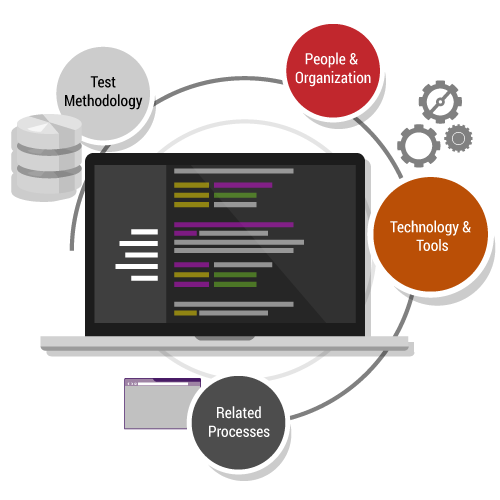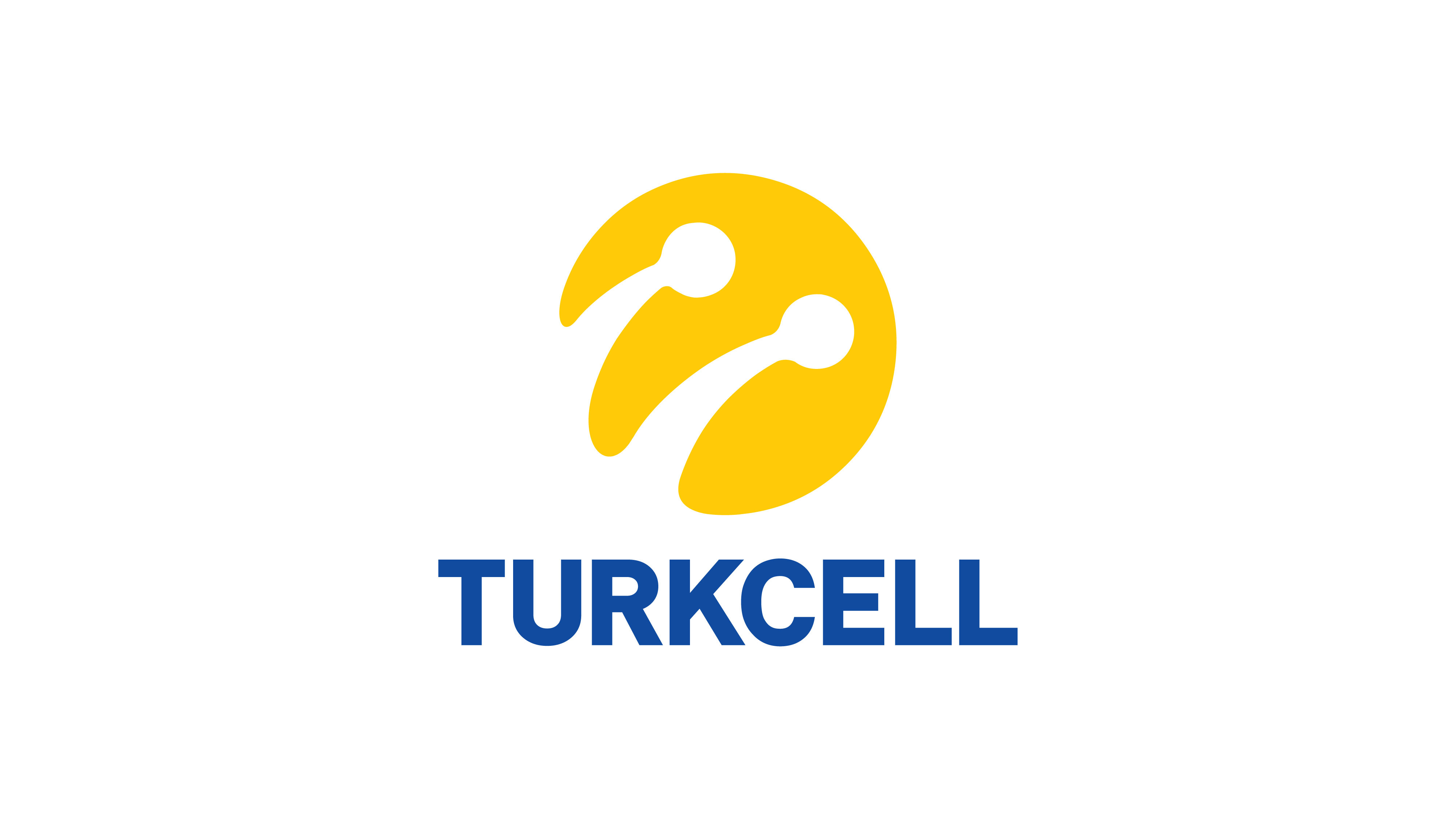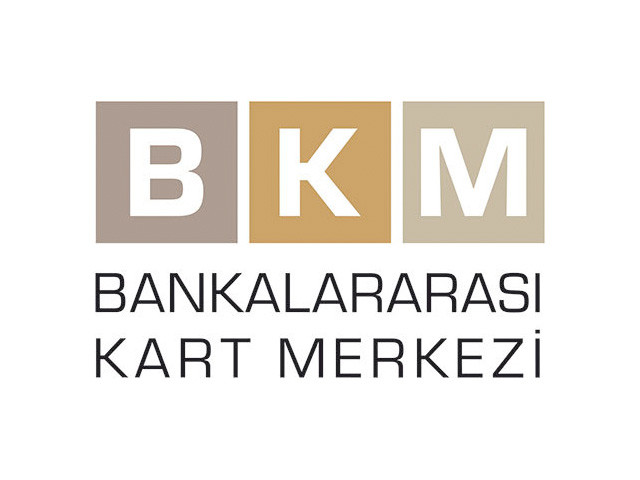The Test Maturity Level Model (TMM) is the most comprehensive maturity measurement methodology originally designed by the Illinois Institute of Technology and used today. Based on the CMM (Capability Maturity Model) standard, the model is used for testing maturity level of IT projects.
Test Maturity Level Measurement
Why Test Maturity Level Measurement?
Test Maturity Level Measurement is used to contribute to determine and improve maturity by examining the critical stages in the software development life cycle.
As in other inspection practices, Test Maturity Measurement includes various measurement steps to reveal the current situation as follows:
Test
Methodology
People
Organization
Technologies
Tools
Related Processes
Measurement Process According to TCR
Keytorc Test Capability Rating®
Keytorc uses TMM, which has become a sectoral standard in test maturity level measurements, and Test Capability Rating (TCR) Framework approach, which has been developed with Keytorc’s own know-how.
Thanks to TCR, Keytorc ranks the level of maturity from a holistic perspective, focusing on different areas that affect the process as well as testing processes.








